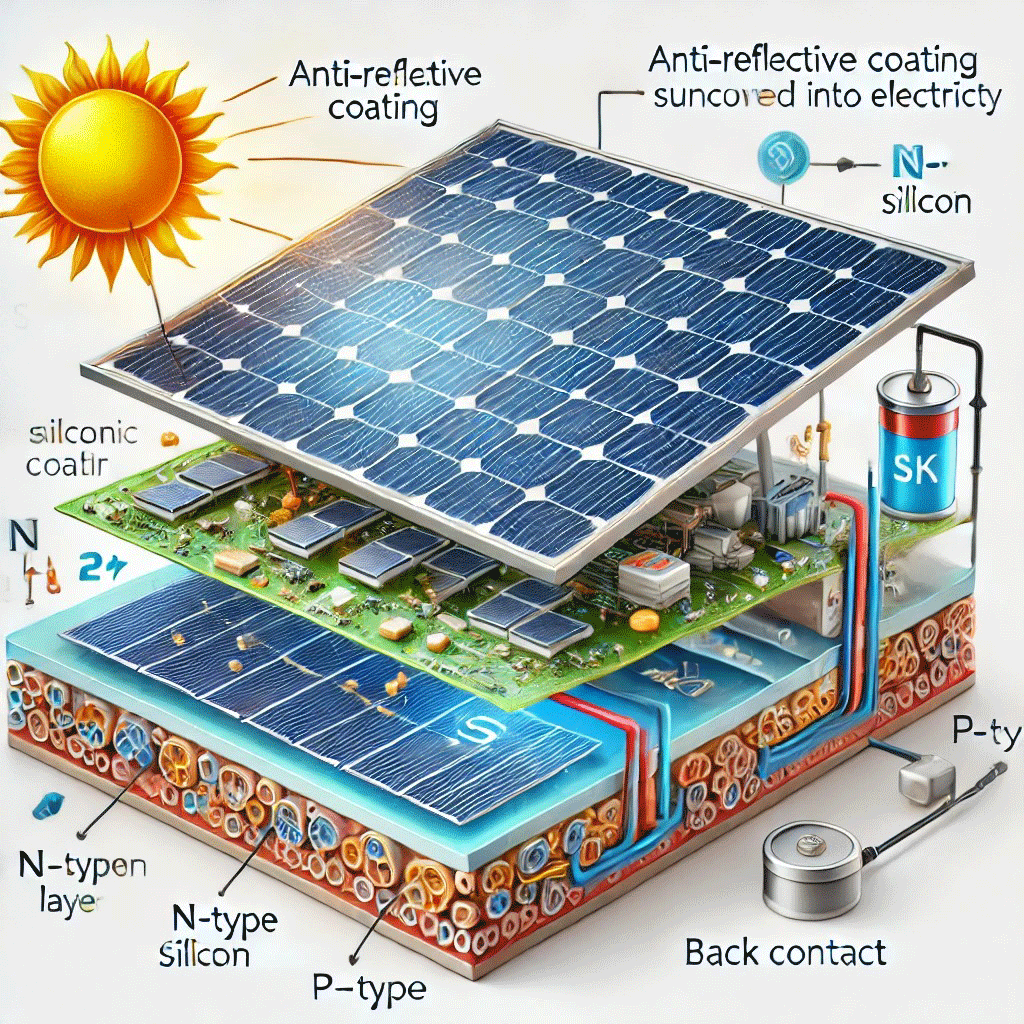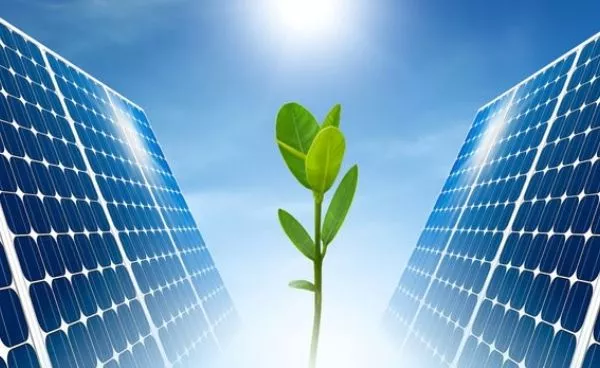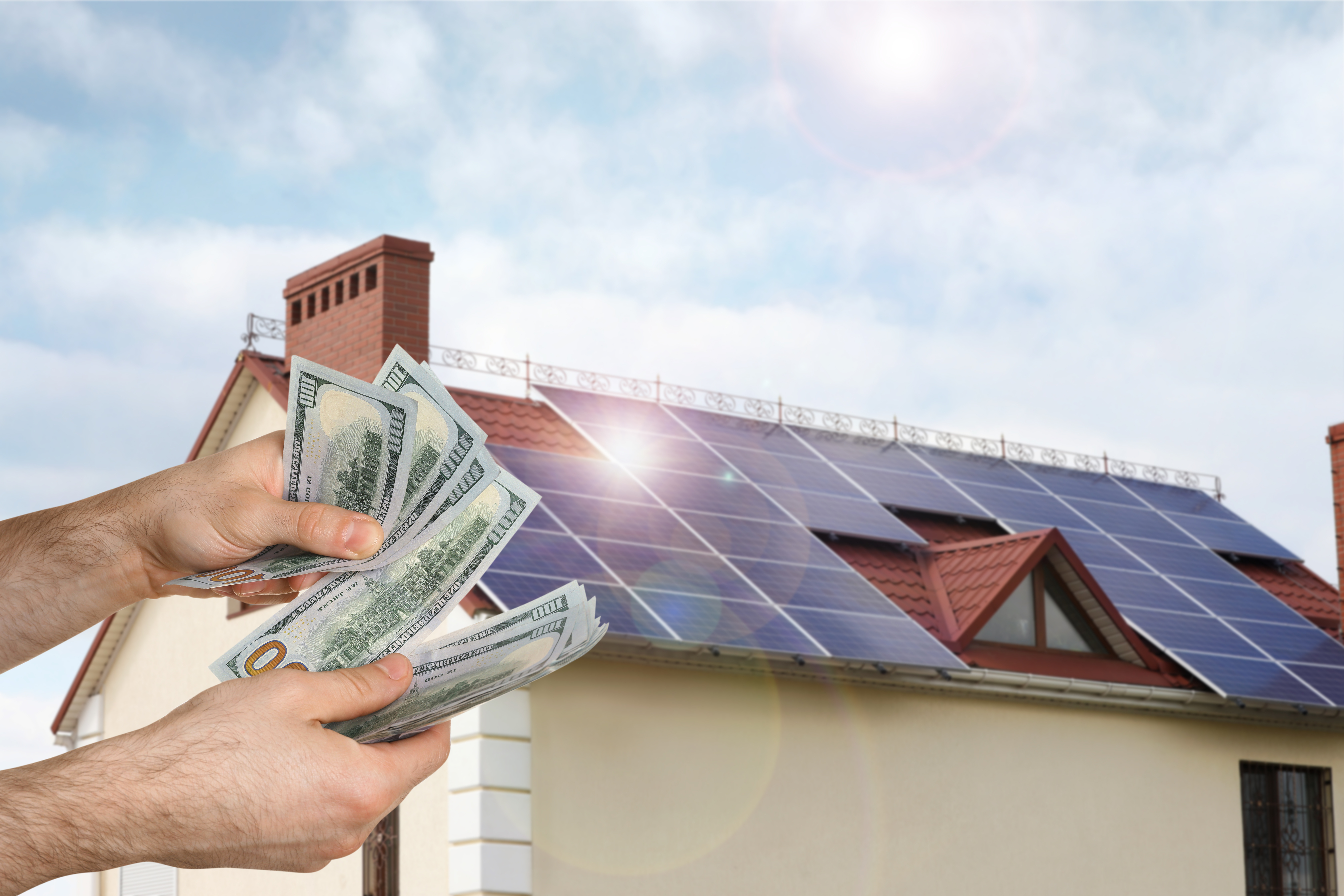Solar Power 101: A Beginner's Guide to Sustainable Power Solutions
As the globe significantly shifts towards sustainable energy services, recognizing the principles of solar energy becomes necessary for both people and organizations. This overview offers a complete review of solar power, outlining the numerous systems readily available and the devices behind their operation. By discovering the advantages of solar technology, alongside the financial rewards and setup processes, one can gain a clearer perspective on how to successfully integrate this renewable energy into their energy technique. Nevertheless, the journey towards adopting solar power welcomes additional assessment of the obstacles and considerations that include it.
Recognizing Solar Power
At its core, recognizing solar power entails understanding the essential principles of exactly how sunshine can be exchanged usable electrical power. Solar energy is acquired from the sunlight's radiation, which can be harnessed through different technologies. The key system for this conversion is the photovoltaic or pv impact. This phenomenon takes place when sunlight strikes semiconductor products, commonly silicon-based, within solar batteries. The energy from the sunlight excites electrons in the semiconductor, enabling them to flow easily and create direct present (DC) electricity.

Recognizing solar power also involves recognizing its environmental advantages. By using sunlight, we can minimize greenhouse gas discharges and decrease air contamination, adding to an extra sustainable future. The advancements in modern technology and effectiveness of planetary systems remain to improve their feasibility, making solar power an increasingly attractive choice for international energy requirements.
Types of Solar Energy Solutions
Numerous sorts of solar energy systems are typically utilized to harness solar power for electrical energy generation. The key categories include solar (PV) systems, focusing solar power (CSP) systems, and solar thermal systems.
Photovoltaic systems make use of solar panels composed of silicon cells that convert sunshine straight right into electricity. These systems are versatile and can be installed on rooftops, ground installs, or integrated right into structure products.
Focusing Solar Power systems, on the other hand, utilize mirrors or lenses to focus sunshine onto a small area, producing warm that drives a heavy steam turbine to produce electricity - Simply Solar Illinois. CSP systems are normally deployed in large-scale nuclear power plant and require direct sunshine, making them less ideal for cloudy areas

Each sort of solar energy system has its special attributes, applications, and suitability relying on geographic area, power needs, and spending plan, making it important to evaluate alternatives based on details situations. - Simply Solar Illinois

Benefits of Solar Energy
Taking advantage of solar power with different systems not only provides a lasting means to produce electrical energy however likewise provides a wide range of benefits. Among one of the most significant benefits is the reduction in greenhouse gas discharges, adding to a cleaner atmosphere and combating environment adjustment. Solar power is sustainable, suggesting it is endless and offered as long as the sun beams, unlike nonrenewable fuel sources, which are finite and depleting.
Moreover, solar energy can bring about considerable expense savings with time. House owners and services can reduce their electricity costs substantially, and in a lot of cases, they may make credit scores for excess energy created through internet metering. Additionally, the solar sector produces work, from producing to installment, promoting regional economic situations.
One more compelling benefit is power freedom. By generating their very own electrical energy, individuals and neighborhoods can reduce reliance on exterior power sources, boosting resilience against fluctuating power rates and supply interruptions. In addition, solar energy systems require very little upkeep, making them a convenient choice for lasting power generation.
Setup Refine Introduction
The setup procedure for solar power systems normally involves several crucial actions that guarantee reliable assimilation into a property. A detailed website analysis is performed to review the roof's orientation, shielding, and structural integrity, which are crucial to optimizing solar panel performance. Following this assessment, the design phase commences, where a tailored solar energy system is configured based on the property owner's energy needs and preferences.
Once the layout is finalized, the required permits and approvals are gotten from neighborhood authorities, making certain conformity with guidelines. The actual installation includes mounting the solar panels on the roofing system or ground, connecting them to an inverter, and incorporating the system with the home's electric arrangement. This phase may additionally entail setting up battery storage systems, relying on the style.
After setup, a detailed evaluation is performed to confirm the system's functionality and safety and security. The system is commissioned, and homeowners are informed on its operation and upkeep. With the installation complete, the solar power system can begin producing eco-friendly power, contributing to sustainability and lowering energy costs. This organized method ensures that planetary systems are both efficient and dependable, optimizing their lasting benefits.
Financial Rewards and Savings
Discovering the monetary motivations and savings related to solar power systems can dramatically improve the appeal of making the button to eco-friendly energy. Different motivations exist see post at government, state, and neighborhood levels, created to lower the initial costs connected with solar installment. Among one of the most noteworthy rewards is the government solar tax obligation credit rating, which enables house owners to subtract a percent of their planetary system installment costs from their federal taxes. Since 2023, this debt stands at 30%, offering considerable cost savings.
Along with tax credit scores, numerous states offer rebates that can better decrease upfront expenses. Some utility firms additionally supply performance-based rewards, gratifying solar power manufacturing gradually. Funding alternatives, such as solar finances and leases, enable consumers to mount systems with little to no deposit, making solar power why not try these out more obtainable.

Long-term cost savings are one more essential factor. By producing their very own power, homeowners can dramatically decrease and even remove their month-to-month power costs. In addition, solar systems can raise home worths, providing a strong return on investment. Overall, the combination of rewards and cost savings makes solar power a financially appealing selection for many households.
Conclusion
In verdict, solar power stands for a vital part of sustainable power services, giving a path toward lowered carbon footprints and improved environmental security. Ultimately, the shift to solar power not just fosters ecological responsibility however also advertises financial financial savings and power learn this here now independence.